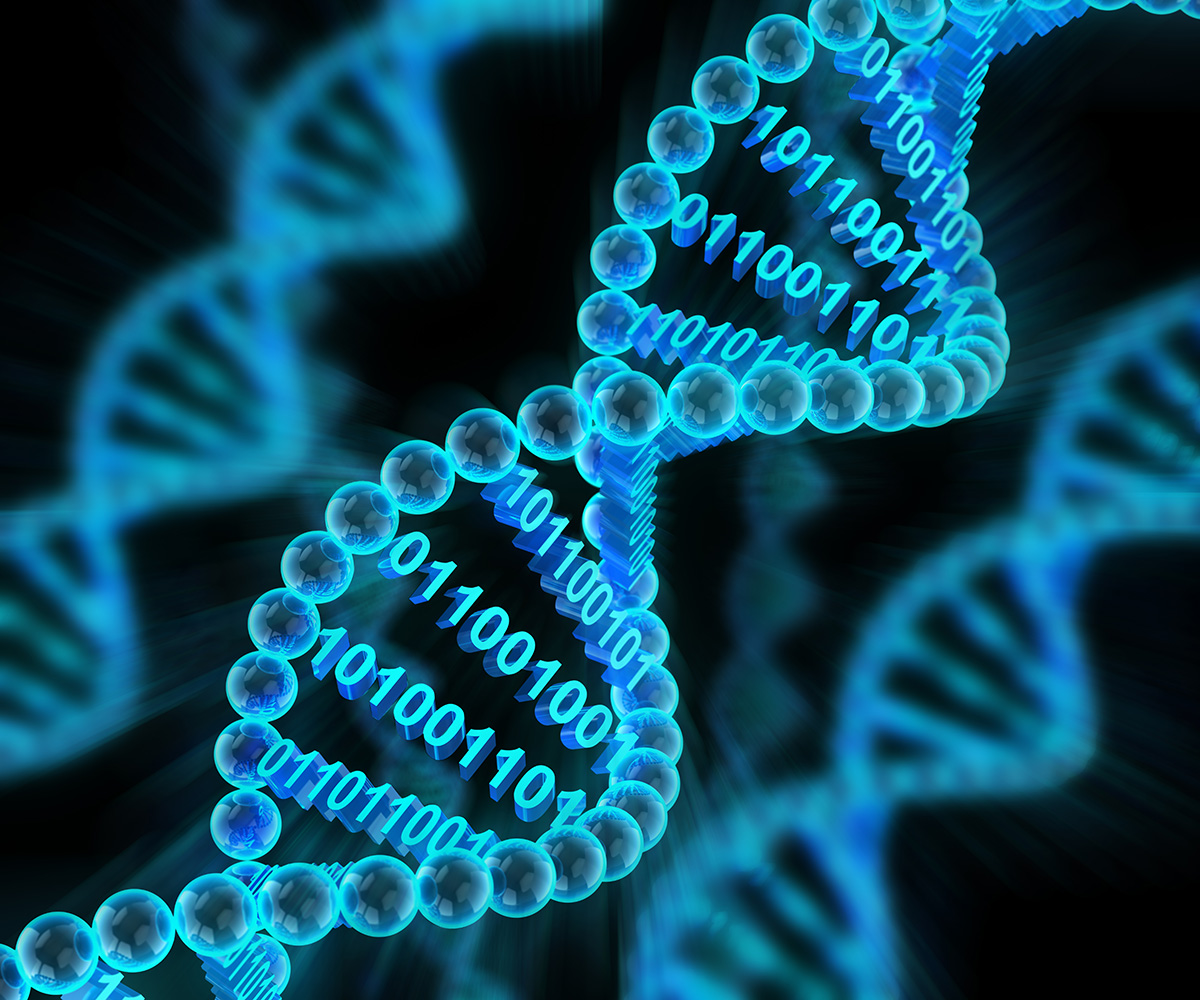


Humankind proved its potential in creating wonders, but there's one thing that our species is creating more than almost anything else: Data.
Data is an important asset in every aspect of our life. From entertainment to studies and businesses, we create data in large volumes. But to access data, we need to store it first, and here comes one of the biggest roadblocks for us. It is estimated that 1.7 megabytes of data will be created per second per person globally, which translates to about 418 zettabytes in a single year, assuming the world population as 7.8 billion. By using storage at this alarming rate, by 2025, more data is generated than the amount of silicon that can be used for memory being mined. The other problem is that data centers will take about 20% of the global electricity produced. Demand for data storage is growing exponentially, but the capacity of existing storage media is not keeping up with the growth. To increase data storage capacity and efficiency is the need of the hour, and here the new technology of data storage falls into the picture: DNA BASED DATA STORAGE.
What is DNA Based Data Storage?
DNA digital data storage is the process of encoding and decoding binary data to and from synthesized strands of DNA. DNA (Deoxyribonucleic acid) is the molecule that dictates how an organism develops. A DNA molecule contains four nitrogen bases — Adenine (A), Thymine (T), Guanine (G), and Cytosine (C) — and the sequence of these bases form instructions for how cells should develop, influencing things like hair and eye color, height, and so on. DNA is essentially the instruction manual for building a body.
This genetic material DNA has garnered considerable interest as a medium for digital information storage because it's dense, easy to replicate, and it's something that we will read forever as long as we have access to a DNA sequencer which makes it superior to those of existing silicon-based storage media. DNA can also hold a staggering amount of information: 215 petabytes (1 petabyte is about 100 million gigabytes) of data on a single gram, just as impressive is its longevity.
What makes DNA such Denser and Durable?
DNA achieves this in two ways. First, the coding units are minimal, less than half a nanometer aside, where the transistors of advanced computer storage drive struggle to beat the 10-nanometer mark. DNA is at least 1000-fold denser than the most compact solid-state hard drive and at least 300-fold more durable than the most stable magnetic tapes. In addition, DNA's four-letter nucleotide code offers a suitable coding environment that can be leveraged like the binary digital code used by computers and other electronic devices to represent any letter, digit, or other characters.
And the second significant advantage of DNA: it has no problem packing three-dimensionally. Transistors are generally aligned on a flat plane, meaning their ability to use a given space fully is pretty low. We can, of course, stack many such flat boards one atop another, but at that point, a new debilitating problem arises, that is heat. The more tightly you pack silicon transistors, the more heat you'll create, and the harder it will be to ferry that heat away from the device. This both limits the maximum density and requires that we supplement the cost of the drives themselves with expensive cooling systems. Therefore, with its super-efficient packing structure, the DNA double helix offers a great solution.
“Without big data, you are blind and deaf and in the middle of a freeway.” – Geoffrey Moore.
Despite these advantages, DNA has not yet become a widespread information storage medium because the cost of chemically synthesizing DNA is still prohibitively high at $3,500 per 1 megabyte of information. For now, DNA-based storage and computing are not likely to be a noticeable part of everyday life, but Everything that is real was imagined once.
One day, we might be able to create a living, growing, knowledgeable archive in our backyard, and its seeds might carry your family’s history, a detailed breakdown of the world’s political upheavals, or the sum of humanity's knowledge into forests and across contents. Perhaps even into the far reaches of space. Though we might one day disappear but our legacy will still live.